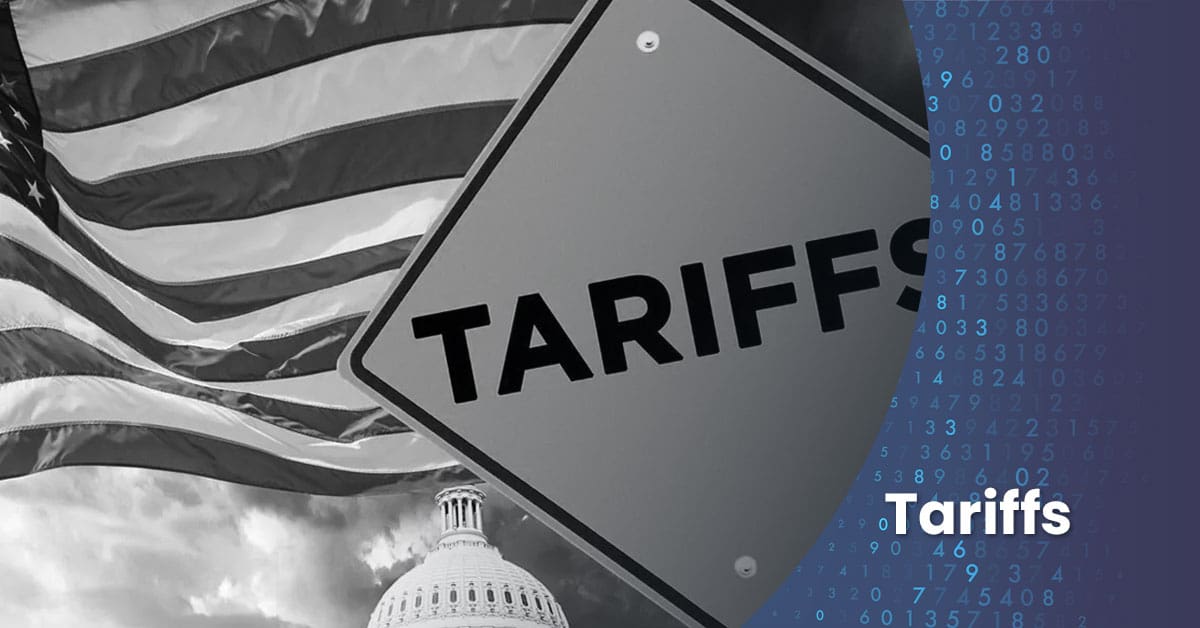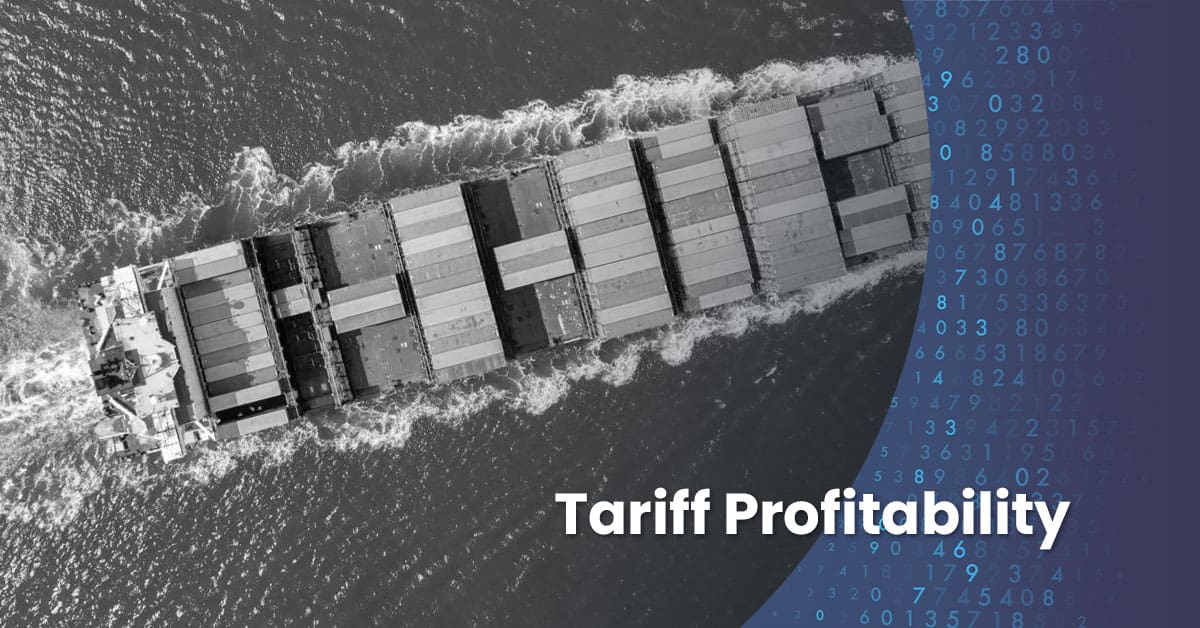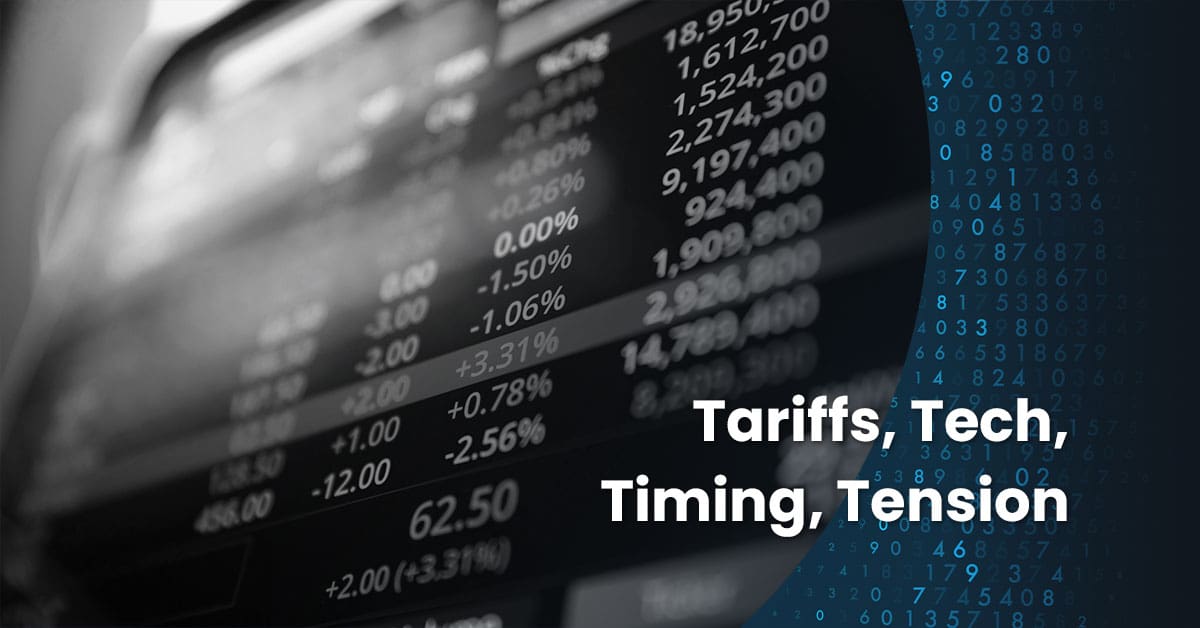Global trade continues to shift under the impact of Donald Trump tariffs. For business owners, CFOs, controllers, and high-net-worth individuals navigating these waters, staying updated on tariff changes is crucial. See how CFOs can proactively mitigate the impact of Trump’s tariffs through financial strategy. Recent moves from the U.S. government present both immediate and longer-term challenges, leaving companies to rethink strategies.
For CFOs, controllers, and high-net-worth business owners, this article offers a breakdown of the latest tariff timeline, outlines the evolving tariff landscape and actionable steps companies can take to adapt.
Latest Tariff Timeline
Understanding the latest developments in Donald Trump tariffs policies is essential for anticipating market changes and making informed decisions. Below is a breakdown of the key Trump tariffs update and their implications:
Major Shift in U.S. and China Tariff Agreement
The most significant development in the Donald Trump tariffs update came on May 14, 2025; the U.S. and China reached a significant milestone with a fresh trade agreement. Both nations agreed to reduce tariffs by 115% from their most recent highs. This move effectively resets many trade barriers, though it retains a 10% baseline tariff for stability.
Additionally, the U.S. temporarily suspended its 34% reciprocal tariff on Chinese imports for a period of 90 days while maintaining the required 10% base tariff. This suspension signals a willingness to encourage trade while also monitoring compliance from China before making further long-term commitments.
Temporary Suspensions
Starting April 9, 2025, the U.S. implemented a 90-day pause on most country-specific tariffs, excluding those related to China. This provides businesses with temporary relief, but uncertainty looms as these tariffs could return as early as July 9, 2025, unless further action is taken. Short-term suspensions like these challenge companies to adapt quickly, maintaining flexibility in operations.
What Triggers a Trump Tariff, and What Comes Next?
Former President Trump has left the door open for further tariff adjustments. Future rates will likely depend on ongoing trade negotiations and how well foreign countries comply with U.S. trade expectations. This unpredictability forces companies to remain agile and ready to respond to shifting costs and trade environments.
These policy shifts emphasize the fluidity of tariff structures and highlight the importance of preparing for both immediate and long-term effects on costs and operations.
What Companies Can Do in the Meantime
While the tariff landscape evolves, companies don’t have to sit idle. Strategic actions taken now can help minimize financial impacts and uncover potential competitive advantages.
Re-Evaluate Transfer Pricing Policies for Intercompany Transactions
For multinational corporations, intercompany transactions represent a critical area for review. Tariffs directly affect the cost of goods crossing borders within a corporate structure, so companies should proactively review their transfer pricing policies to consider the new tariffs.
Conducting a comprehensive analysis of your global supply chain can help identify products and transactions most impacted by tariff changes. Learn more about the impact of 2025 tariffs on product-level profitability and margin management strategies. From there, you can reprice transactions to not only comply with regulations but also reduce duty exposure.
Frame the Import Tax as a Marketing Strategy
Viewing import tariffs as a marketing opportunity rather than just a cost challenge can unlock unexpected benefits. Brands importing goods may reposition themselves as premium players in their markets, justifying higher prices with the narrative of offering higher-quality, globally-sourced products.
For example, businesses can emphasize the unique value or craftsmanship of imported goods to offset customer hesitations about higher prices. Pairing this strategy with transparent communication can enhance brand loyalty and build trust.
Stay On Top of Policy Updates
Although not a direct operational change, monitoring trade negotiations and tariff updates is critical. Many industries will feel the effects of policy changes differently, and being informed will allow you to pivot efficiently. Assign dedicated personnel or subscribe to services that deliver timely updates and insights on global trade policies.
Explore Local Sourcing Options
While Donald Trump tariffs can pose challenges, they also serve as a reason to re-evaluate supply chains. If certain imports become unsustainably expensive due to renewed tariffs, consider sourcing from domestic suppliers. Diversifying your supply chain geographically can help minimize risk and provide more predictable cost structures over the long term.
FAQs About Donald Trump Tariffs
1. What is the current status of Trump’s tariffs in 2025?
As of July 31, 2025, the U.S. and China reached a new trade agreement (initially brokered in May 2025) that suspended the additional tariffs imposed on April 2, 2025. However, the agreement maintains a 10% baseline tariff along with all pre-existing duties, such as Section 301 and Section 232 tariffs.
The U.S. also extended temporary suspensions of country-specific tariffs, originally set to expire on July 9, 2025, to August 1 for most countries—and August 12 for China. Several nations, including the UK, Vietnam, Indonesia, Japan, and the Philippines, secured trade agreements featuring reduced tariffs.
In contrast, countries like Canada (35%) and Mexico (30%) now face higher tariff rates starting August 1, 2025, unless new trade terms are negotiated.
2. How do Donald Trump tariffs affect U.S. businesses?
Trump tariffs increase the cost of importing goods, which can:
- Erode profit margins
- Disrupt supply chains
- Require pricing or sourcing strategy adjustments
Many companies are re-evaluating transfer pricing, supplier diversification, and tax planning in response.
3. Which industries are most impacted by Trump’s trade policies?
Industries most affected by Donald Trump’s tariffs include:
- Manufacturing (automotive, machinery)
- Consumer electronics
- Agriculture
- Textiles and apparel
- E-commerce reliant on foreign sourcing
4. How can companies prepare for future Trump tariff changes?
Businesses should:
- Monitor tariff policy updates closely
- Develop flexible supply chains
- Explore domestic or nearshore sourcing
- Partner with financial advisors to implement tariff mitigation strategies
Wiss supports businesses with tax advisory and CFO strategy to navigate these changes effectively.
5. Do Trump tariffs apply to services or only goods?
Tariffs typically apply to imported physical goods, not services. However, trade policy changes can indirectly impact service sectors that rely on imported equipment, materials, or global clients.
6. Are Donald Trump tariffs permanent?
No. Trump tariffs are policy-driven and subject to change through legislation, executive action, or trade agreements. Their duration depends on geopolitical dynamics and compliance from U.S. trade partners.
Donald Trump Tariffs and Business Strategies
The evolving Trump tariffs update under Trump’s administration presents both challenges and opportunities for businesses. Key developments like the new U.S.–China agreement and temporary tariff suspensions offer some relief, but the potential for future adjustments adds layers of uncertainty.
By taking strategic steps like re-evaluating pricing policies, reframing Donald Trump tariffs as marketing opportunities, and exploring local suppliers, businesses can better weather this period of change. Staying agile and informed will remain the best response to an unpredictable trade environment. For broader insights, explore how New Jersey’s FY 2026 budget outlines evolving tax strategies that could intersect with national tariff policy.
Connect with our team for more of the latest information.





 Previous
Previous





